These Photographs show seventeenth-century printed-paper sundials—the detailed engravings include instructions for building the finished products, created in this case by curators at the Sackler Museum. As Jennifer Carling and Jonathan Shaw point out in “Spheres of Knowledge,” from the November-December 2011 issue, sundials would have allowed traveling merchants not only to tell time, but also to convert among the three different time-telling systems of the day as they traveled from one region to another.
Photographs of early modern printed-paper sundials
Photographs of early modern printed-paper sundials
Photographs of early modern printed-paper sundials
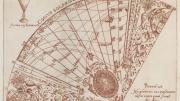
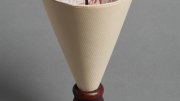
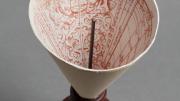
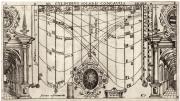

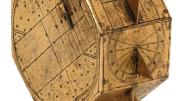
You might also like
Eating for the Holidays, the Planet, and Your Heart
“Sustainable eating,” and healthy recipes you can prepare for the holidays.
Five Questions with Michèle Duguay
A Harvard scholar of music theory on how streaming services have changed the experience of music
Harvard Faculty Discuss Tenure Denials
New data show a shift in when, in the process, rejections occur
Most popular
Explore More From Current Issue

Introductions: Dan Cnossen
A conversation with the former Navy SEAL and gold-medal-winning Paralympic skier

The 1884 Cannibalism-at-Sea Case That Still Has Harvard Talking
The Queen v. Dudley and Stephens changed the course of legal history. Here’s why it’s been fodder for countless classroom debates.

Getting to Mars (for Real)
Humans have been dreaming of living on the Red Planet for decades. Harvard researchers are on the case.





